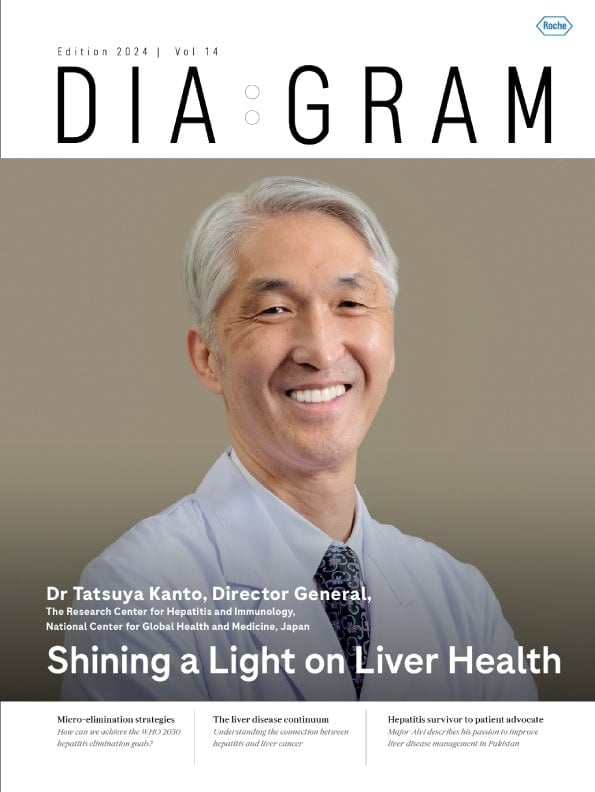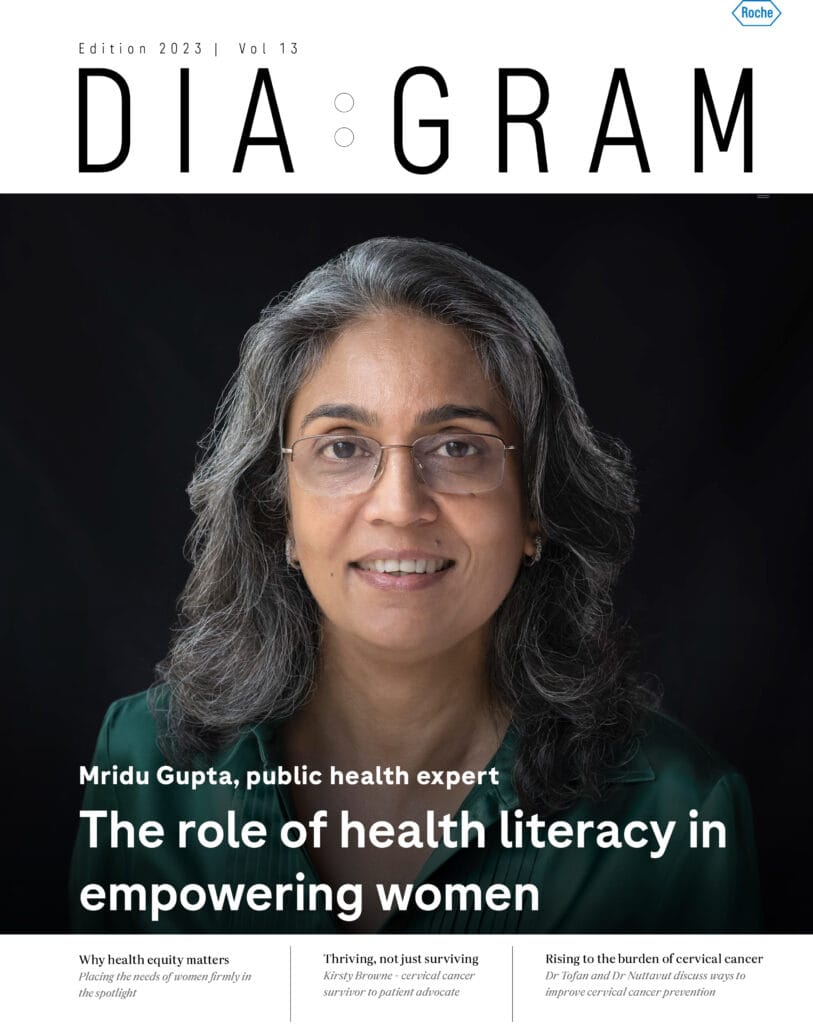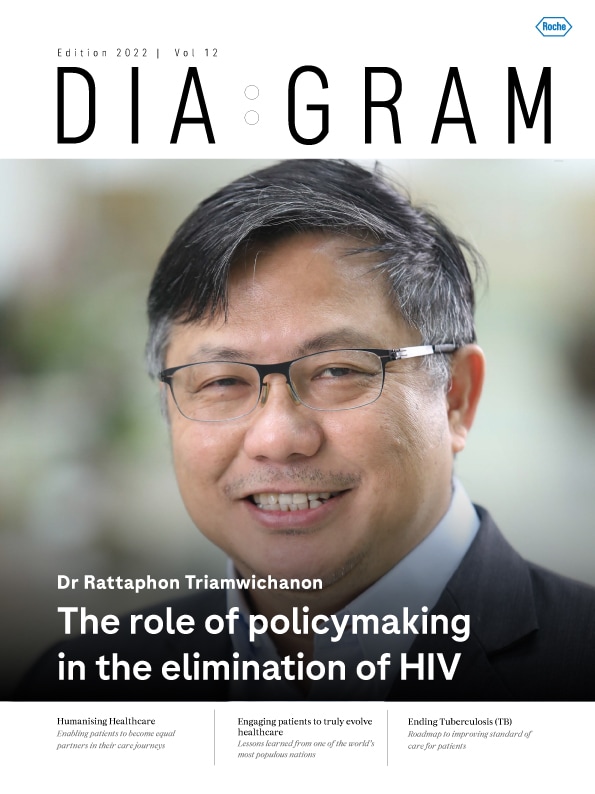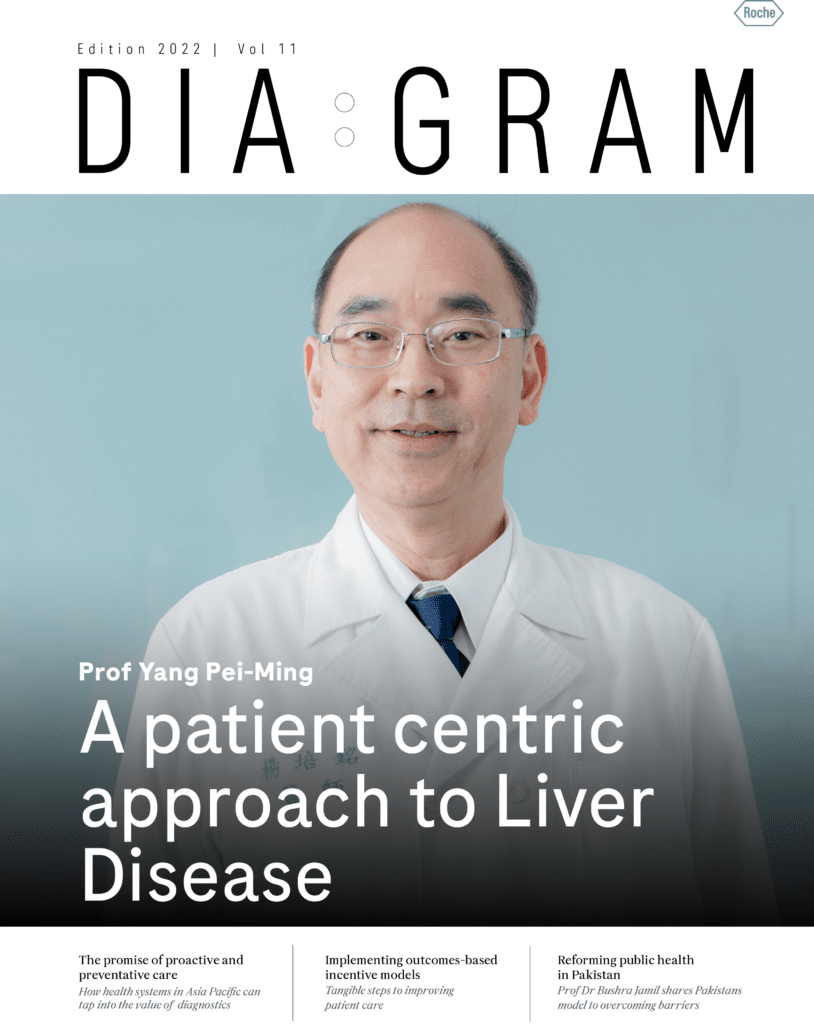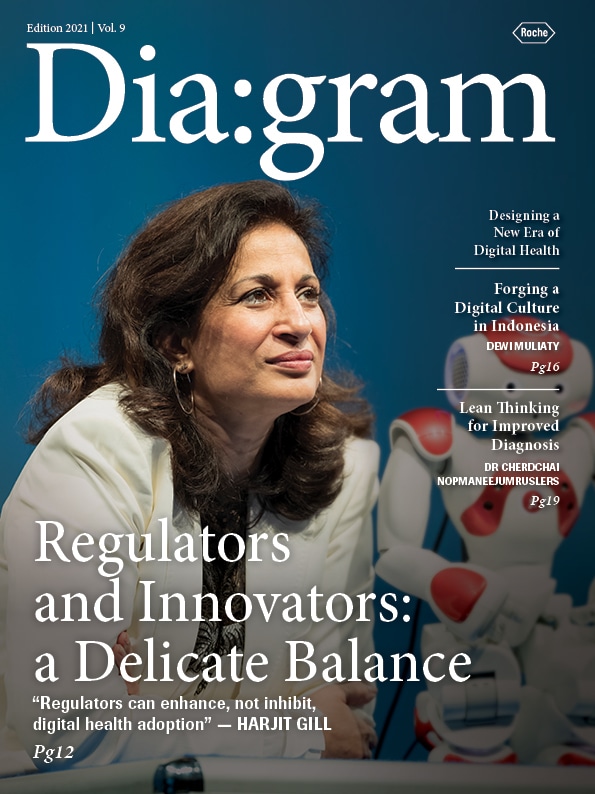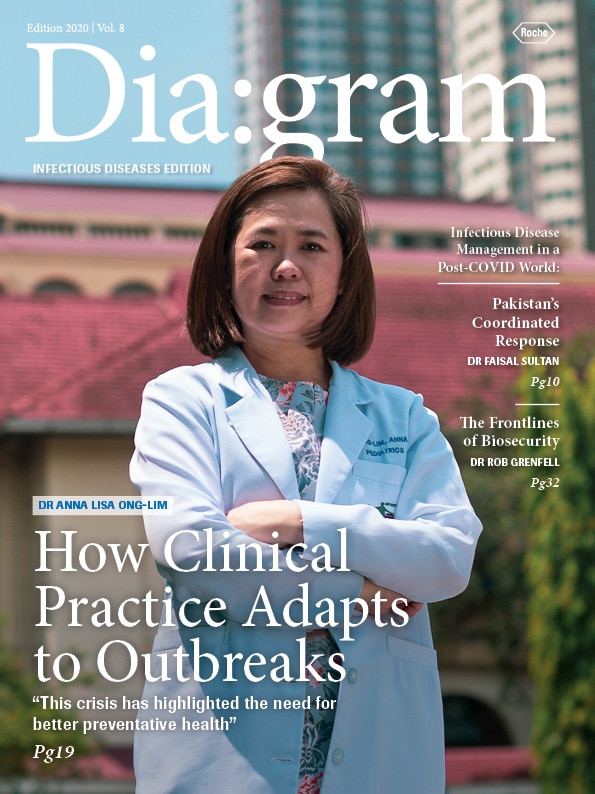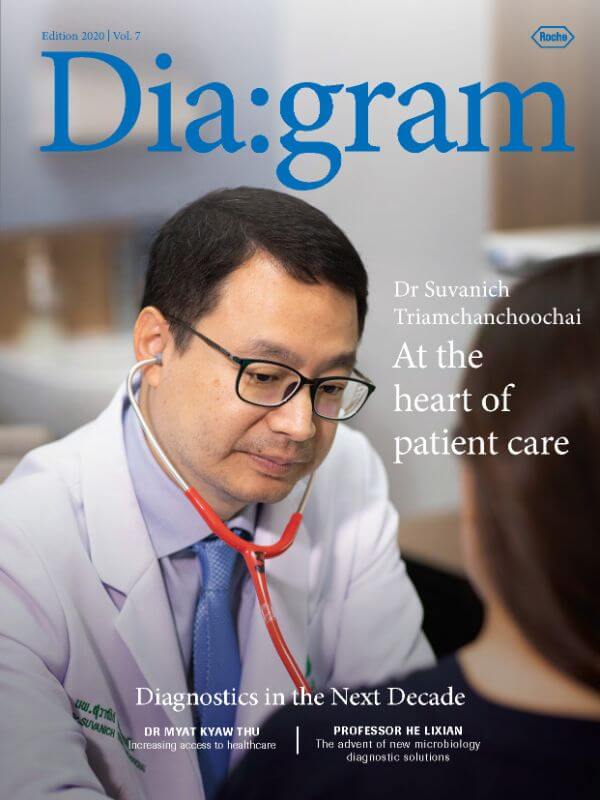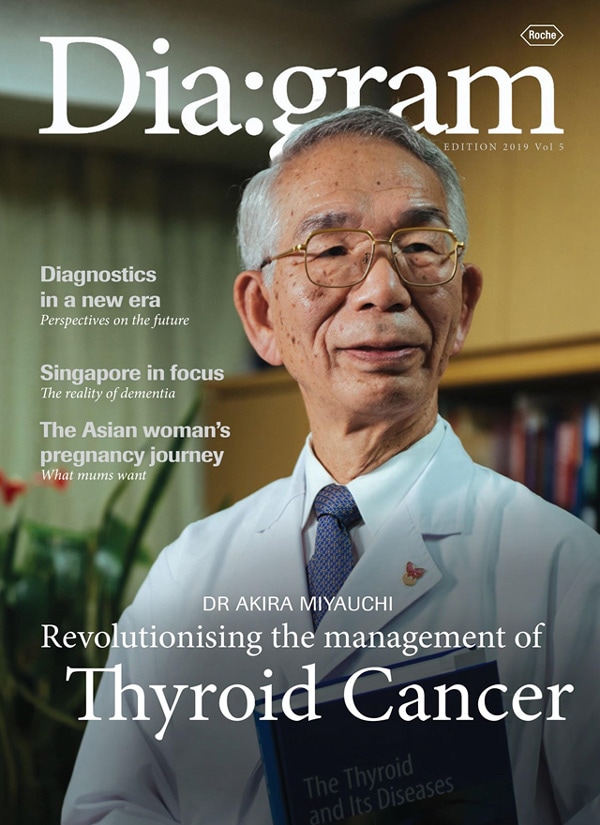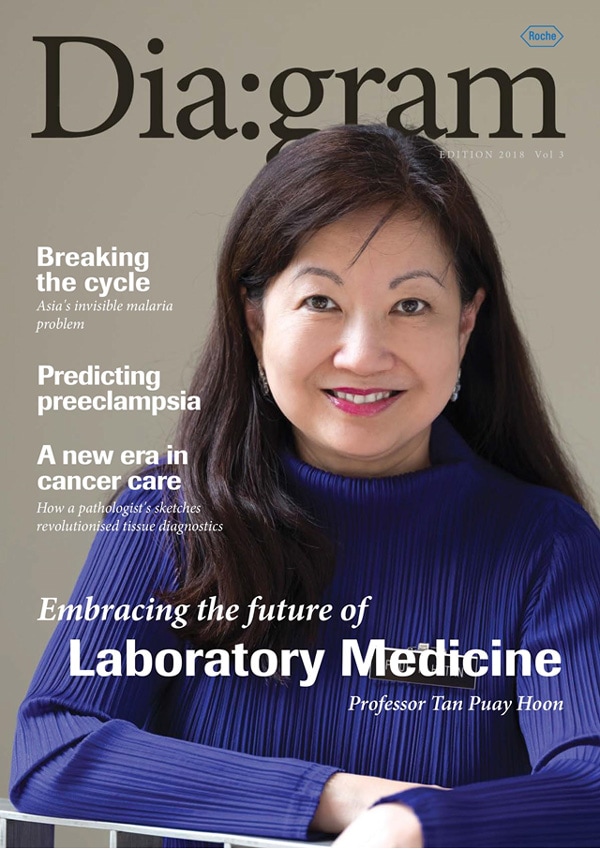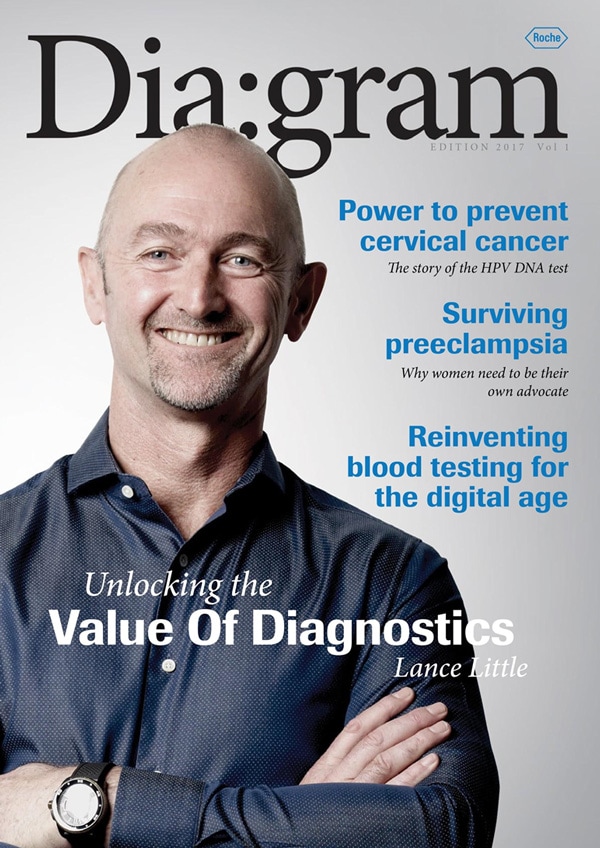Against a backdrop of rising cancer incidence worldwide, cancers affecting women are becoming more common and impactful. Women are impacted differently than men across many different cancers, with distinct gender-related risk factors which impact incidence, care, and mortality. Female breast cancer surpassed lung cancer as the most frequent newly diagnosed cancer worldwide in 2020, and the incidence and mortality of cervical cancer, the second most common cancer affecting women, is rising.1
To help countries to tackle these two diseases, the World Health Organisation (WHO) has devised strategies focused on each: the WHO’s Global Strategy for Cervical Cancer Elimination which sets a 2030 target for reaching goals related to vaccination, screening and treatment, and the WHO’s Global Breast Cancer Initiative which targets a sustained decrease in breast cancer mortality of 2.5% per year by 2040.3,4
Against this backdrop, Economist Impact, commissioned by the APAC Women’s Cancer Coalition and supported by Roche, has analysed cancer policies and programmes in six countries in the APAC region—India, Indonesia, Malaysia, the Philippines, Thailand and Vietnam. These countries, which are either lower middle- or upper middle-income, are braced for a rise in breast and cervical cancer incidence and mortality that match or exceed anticipated regional and global averages. To meet the WHO breast and cervical cancer targets, they need to seize on multiple opportunities for progress in the coming years.


